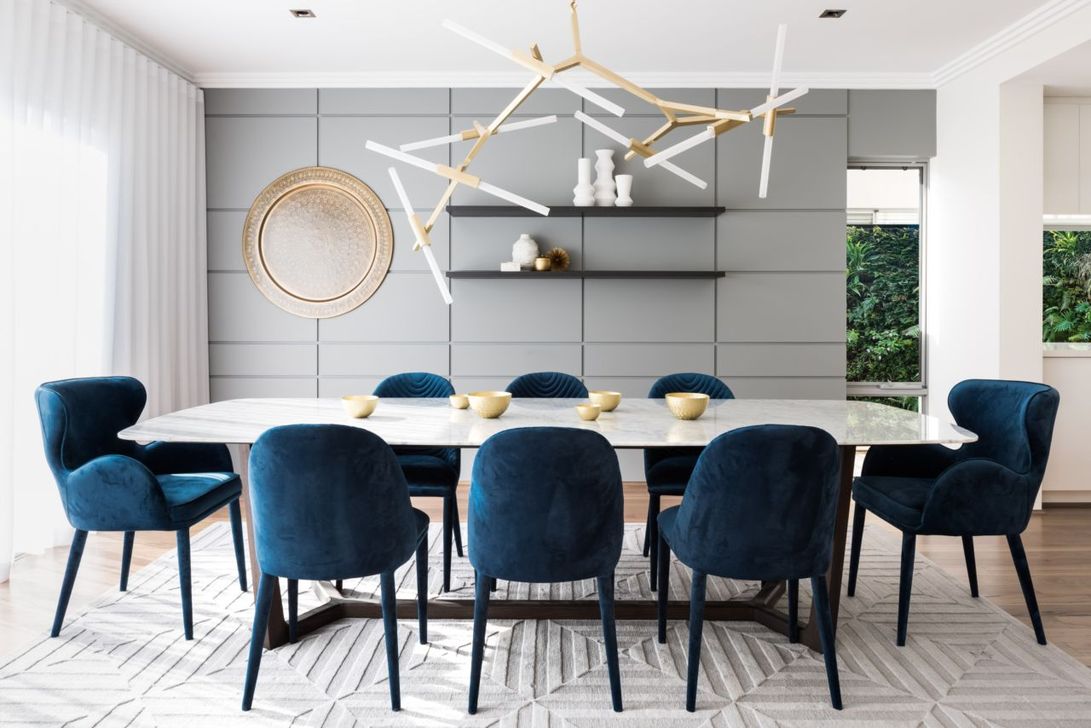When considering dining room design in your home, you primarily have the décor and furniture to consider. These factors will largely be influenced by the size of the room, and whether or not you have windows. The room you use primarily for eating in might not in fact be your dining room, since many eat in the kitchen as a family and use the main dining area for guests and dinner parties.
Whichever your practise is, it is nevertheless important that the room is bright and airy, and comfortable to eat in. The decorative accents should be focused on expanding the size of room, and light colors and mirrors can make a room appear significantly larger than it is. This is particularly true if you have mirrors aligned to reflect each other, and also reflect the windows if you have them.
Here are some tips on dining room design, including furniture and decor suitable for the more traditional home and household that wants to impress invited guests. White or light colored walls will make the room look larger, while if you have a particularly large room, darker colors can make it appear more intimate. Try to cut back on very bright primary colors: it is fine to have one brightly colored wall if the others match with a more muted pastel shade, but too much color is not usually recommended for a dining room.
Windows can seem larger if they have narrow frames and surrounding woodwork, and cutting back on the drapes also tends to help open out a room. As previously mentioned, mirrors can also be used to make a room appear more expansive, but should be avoided with larger rooms if you wish to create an intimate atmosphere.
Dining rooms tend to be the source of a lot of conversation, so wallpaper is better than painted walls for absorbing sound waves. A carpet or rug also absorbs sound better than wood flooring. Without some form of sound absorption, voices will be reverberating from surface to surface, and the conversation will be booming rather than muted.







































